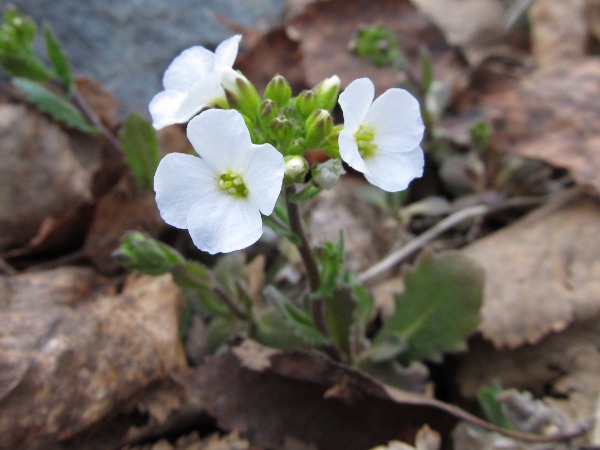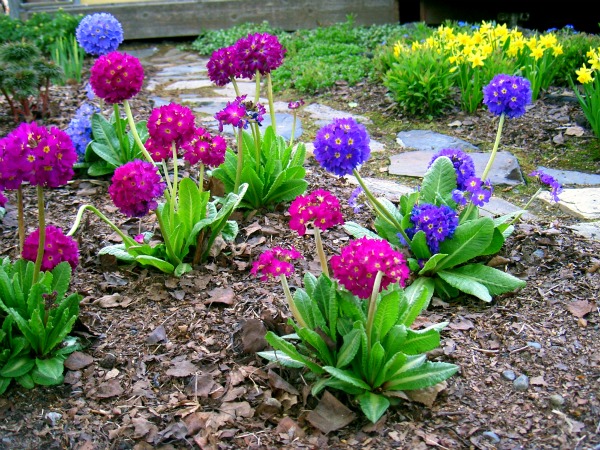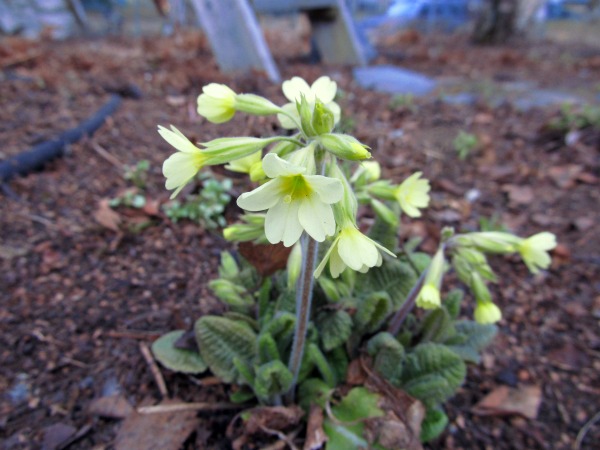Or journal, or diary, or whatever you want to call it.
1. So you know what you have.
In spring, when you are cleaning debris from your flower beds and you come across a bizarre and unidentifiable bunch of twigs that you have no recollection of planting, you can look back in your log and figure out what it is.
This happened to me today. I found a really thick, meaty crown of some mystery plant, 12" across, where I can't remember having put anything last summer. I was really sure it wasn't a weed; I admit I can be a lazy weeder, but this was a big freakin' mass of plant, so I'm sure I would have already pulled it if it were something undesirable.
And as I am pretty sure no one else is planting things in my garden while I'm asleep or at work, I checked my 2010 log, and found it is
Heuchera 'Brownies.'
2. So you remember the names of what you have.
Because someone is going to ask you what it is, and you will want to be able to tell them. Or you may want to get more of that plant, which is hard to do if you don't happen to remember that it's called
Primula denticulata, for example.
3. So you remember to do what you didn't get to last summer.
I can't tell you how many times I've gone through my garden and thought, "I really should move these lilies over there," or "I need to start the petunias from seed earlier next year," or something similar. Unfortunately, if I don't write it down, it doesn't happen. So I keep wish lists, garden maps, calenders, and to-do lists for the next season, and this really helps me get things ready before the season starts.
4. So significant dates don't pass you by.
Such as when to start all your seeds so they bloom at the appropriate time. Or when to put in your peas and potatoes so they'll sprout but not freeze. That sort of thing.
5. So you can dream.
What's a gardener to do during a long winter in Alaska? Plan for spring, of course! I look in my log to see what performed well, what didn't, and what I should consider trying new.
A garden log can be anything. I used to keep mine in a binder and saved plant labels, bulb packaging, and the like. I've since upgraded to keeping my log on Excel, complete with pictures and links. I still keep a binder, but reserve it for designs old and new, and current diagrams of my perennial, annual, and veggie beds.
It sounds like I'm organized, but I'm really not. I've just found that keeping a few notes really helps me garden smarter and save time every summer.
Do any of you keep a garden log? What works well for you?






